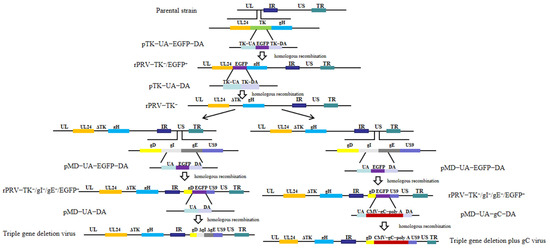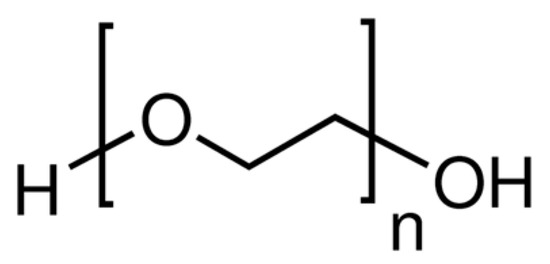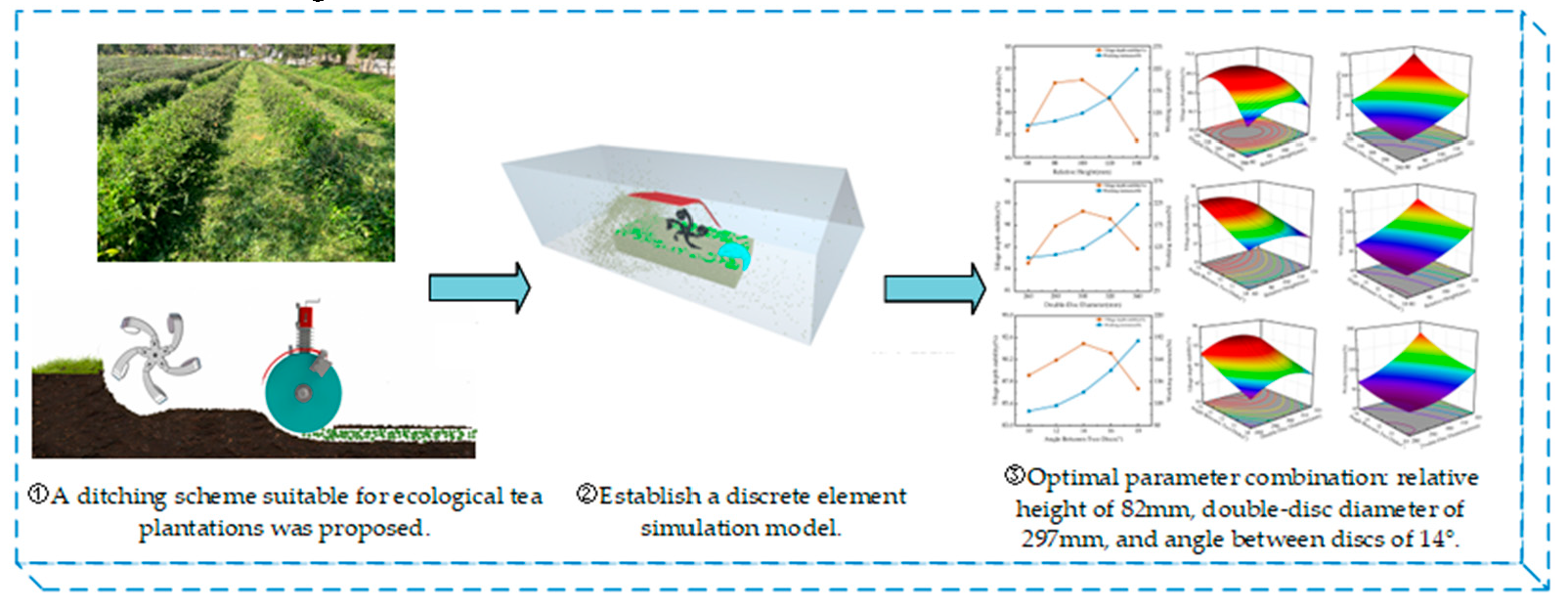Wolbachia, a group of Gram-negative symbiotic bacteria, infects nematodes and a wide range of arthropods.
Diaphorina citri Kuwayama, the vector of
Candidatus Liberibacter asiaticus (
CLas) that causes citrus greening disease, is naturally infected with
Wolbachia (
wDi). However, the interaction between
wDi and
D. citri remains poorly understood. In this study, we performed a pan-genome analysis using 65
wDi genomes to gain a comprehensive understanding of
wDi. Based on average nucleotide identity (ANI) analysis, we classified the
wDi strains into Asia and North America strains. The ANI analysis, principal coordinates analysis (PCoA), and phylogenetic tree analysis supported that the
D.
citri in Florida did not originate from China. Furthermore, we found that a significant number of core genes were associated with metabolic pathways. Pathways such as thiamine metabolism, type I secretion system, biotin transport, and phospholipid transport were highly conserved across all analyzed
wDi genomes. The variation analysis between Asia and North America
wDi showed that there were 39,625 single-nucleotide polymorphisms (SNPs), 2153 indels, 10 inversions, 29 translocations, 65 duplications, 10 SV-based insertions, and 4 SV-based deletions. The SV-based insertions and deletions involved genes encoding transposase, phage tail tube protein, ankyrin repeat (ANK) protein, and group II intron-encoded protein. Pan-genome analysis of
wDi contributes to our understanding of the geographical population of
wDi, the origin of hosts of
D.
citri, and the interaction between
wDi and its host, thus facilitating the development of strategies to control the insects and huanglongbing (HLB).
Full article
 IJMS
IMPACT
IJMS
IMPACT Applied Sciences
IMPACT
Applied Sciences
IMPACT Sustainability
IMPACT
Sustainability
IMPACT Sensors
IMPACT
Sensors
IMPACT JCM
IMPACT
JCM
IMPACT Energies
IMPACT
Energies
IMPACT Molecules
IMPACT
Molecules
IMPACT Materials
IMPACT
Materials
IMPACT Remote Sensing
IMPACT
Remote Sensing
IMPACT Cancers
IMPACT
Cancers
IMPACT Electronics
IMPACT
Electronics
IMPACT Mathematics
IMPACT
Mathematics
IMPACT Foods
IMPACT
Foods
IMPACT Buildings
IMPACT
Buildings
IMPACT Plants
IMPACT
Plants
IMPACT Nutrients
IMPACT
Nutrients
IMPACT Animals
IMPACT
Animals
IMPACT Polymers
IMPACT
Polymers
IMPACT Water
IMPACT
Water
IMPACT Diagnostics
IMPACT
Diagnostics
IMPACT Biomedicines
IMPACT
Biomedicines
IMPACT Agronomy
IMPACT
Agronomy
IMPACT Microorganisms
IMPACT
Microorganisms
IMPACT Processes
IMPACT
Processes
IMPACT Healthcare
IMPACT
Healthcare
IMPACT Forests
IMPACT
Forests
IMPACT Cells
IMPACT
Cells
IMPACT JMSE
IMPACT
JMSE
IMPACT Medicina
IMPACT
Medicina
IMPACT Viruses
IMPACT
Viruses
IMPACT Agriculture
IMPACT
Agriculture
IMPACT Nanomaterials
IMPACT
Nanomaterials
IMPACT IJERPH
IJERPH
 Land
IMPACT
Land
IMPACT Pharmaceutics
IMPACT
Pharmaceutics
IMPACT Pharmaceuticals
IMPACT
Pharmaceuticals
IMPACT Religions
IMPACT
Religions
IMPACT Biomolecules
IMPACT
Biomolecules
IMPACT Life
IMPACT
Life
IMPACT Micromachines
IMPACT
Micromachines
IMPACT Atmosphere
IMPACT
Atmosphere
IMPACT Antioxidants
IMPACT
Antioxidants
IMPACT Genes
IMPACT
Genes
IMPACT Metals
IMPACT
Metals
IMPACT Symmetry
IMPACT
Symmetry
IMPACT Children
IMPACT
Children
IMPACT Coatings
IMPACT
Coatings
IMPACT Vaccines
IMPACT
Vaccines
IMPACT Horticulturae
IMPACT
Horticulturae
IMPACT Education Sciences
IMPACT
Education Sciences
IMPACT Minerals
IMPACT
Minerals
IMPACT Brain Sciences
IMPACT
Brain Sciences
IMPACT JPM
IMPACT
JPM
IMPACT Bioengineering
IMPACT
Bioengineering
IMPACT









